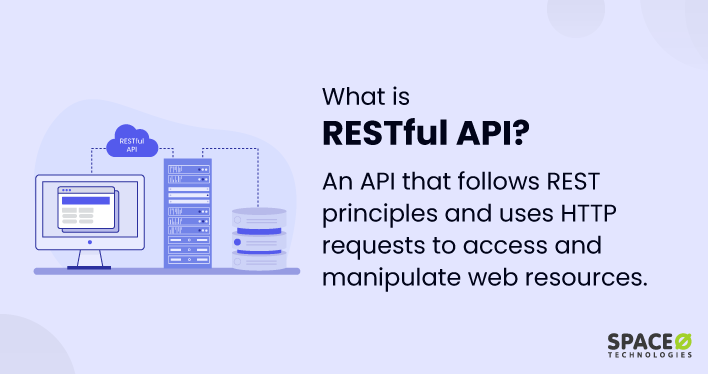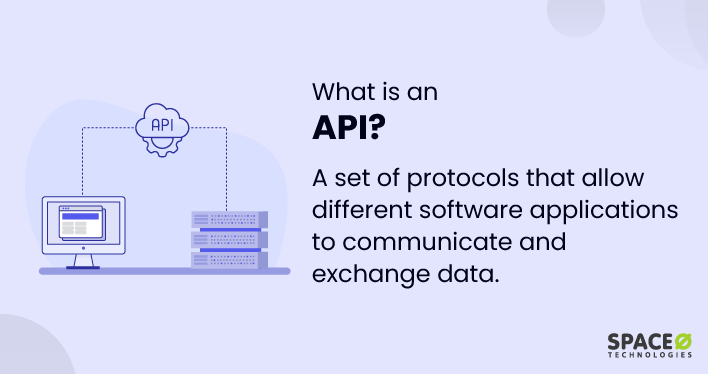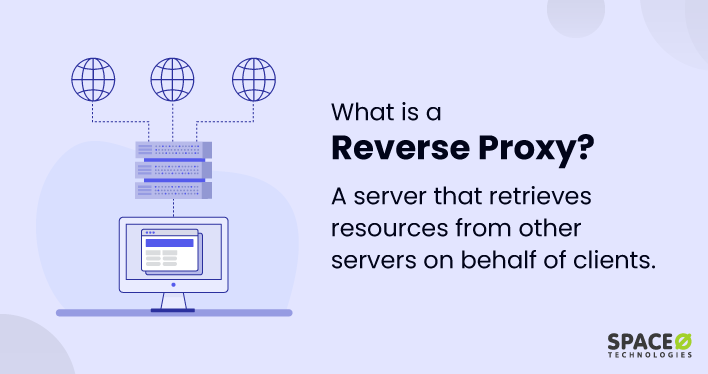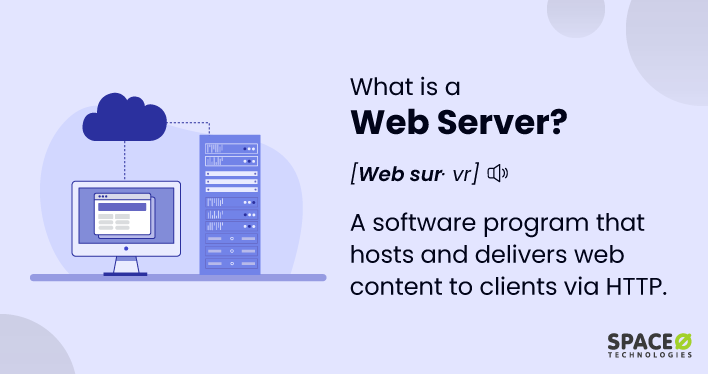Table of Contents
What is RESTful API?
A RESTful API (Representational State Transfer) is an architectural-style application program interface (API) that uses HTTP requests to access and use data. This type of API design is built around standard HTTP methods, like GET, POST, DELETE, PUT, and more, to perform operations on data.
RESTful APIs follow a stateless, client-server model, an integral approach to modern web application architecture. In this model, the server does not need to retain the client’s information between different requests. This leads to a clean and efficient architecture, that also governs the design of comprehensive web applications. If you’re interested in knowing more about these principles, you might want to refer to our blog post on web application architecture. Much like this architecture, RESTful APIs are highly valued in web services development due to their simplicity, scalability, and ease of integration.
What are the Benefits of RESTful API?
Here are the 7 core benefits of RESTful API.
Scalability Through Stateless Design
The stateless design of RESTful APIs allows the server to handle each request independently. This facilitates the system’s ability to scale and manage increasing data loads, thereby providing robust performance even as user demand grows.
Simplicity with Standard HTTP Methods
RESTful APIs use standard HTTP methods such as GET, POST, PUT, DELETE, and more. This use of familiar, standardized methods simplifies interaction with the API, including situations where code on demand is needed, making it more accessible and easy to understand for developers.
Interoperability Across Diverse Systems
Being based on standard HTTP protocols, it can easily interact with various platforms and languages. This wide compatibility ensures efficient communication between diverse systems, enhancing the versatility of applications.
Performance and Speed with Caching
The cacheable nature of RESTful APIs, which are a type of API, allows responses from the client-server to be stored and reused. An API, or Application Programming Interface, is a set of rules and protocols for building and interacting with software applications. It’s the ‘messenger’ that takes requests and tells the system what you want to do and then returns the response back to you.
In the case of RESTful APIs, the responses can be stored, or cached, for later use. This cacheability reduces the number of server calls, thereby improving the speed and performance of applications that use the API. To know more about this topic, you might want to read our glossary post on what is an API?
Flexibility in Data Representation
RESTful APIs can return cacheable data in multiple data formats such as XML, JSON, and more. This flexibility allows developers to choose the most convenient data format for their specific use case, streamlining data management and manipulation.
Self-Descriptiveness for User-Friendly Interaction
A well-designed API provides a clear structure and guidance about its functionalities and methods, including when to use code on demand. This self-descriptiveness makes it easier for developers to understand how to interact with the API, fostering user-friendly and intuitive development experiences.
Longevity Through Adaptable Design
These APIs, characterized by their uniform interface, are designed for longevity. They enable changes to be implemented without disrupting the existing system. This uniform interface provides a consistent means of interaction, contributing to the adaptable design that allows previous versions to be maintained efficiently even as new updates are introduced. This approach ensures that a RESTful API can continue to provide reliable and consistent service over time, reinforcing its value in a rapidly evolving technological landscape
How Does RESTful API Work?
Here is a simplified step-by-step process of working with RESTful API.
- Client Makes a Request: When making client requests, the client (for example, a web browser) sends an HTTP request to the server. This request includes an HTTP method (like GET, POST, PUT, DELETE), the URI of the resource it wants to interact with, and, in some cases, additional data in the body of the request (such as data to create or update a resource).
- Server Processes the Request: The server receives the request and processes it based on the HTTP method, the specified resource, and any additional data included in the request. For instance, if the request is a GET request, the server fetches the requested resource. If it’s a POST request, the server might create a new resource.
- Server Sends a Response: After processing the request, the server sends a response back to the client. This response contains a status code indicating whether the request was successful (like 200 for “OK”) or if there was an error (like 404 for “Not Found”). If the request was a GET request, the response would also include the requested data.
- Client Handles the Response: The client receives the server’s response and processes the data or error message as needed.
RESTful APIs provide a scalable, efficient, and versatile way to create web services, enabling seamless interaction between different systems. Employing a layered system architecture, stateless nature, standard HTTP methods, and the use of a Uniform Resource Identifier (URI) to locate resources, these APIs present an optimal choice for developers. Their diverse data format support further enhances their flexibility. Whether you’re building a small web application or a large-scale distributed system, understanding and utilizing the uniform interface, layered system, and URIs in APIs can significantly enhance your project’s interoperability, performance, and longevity.







